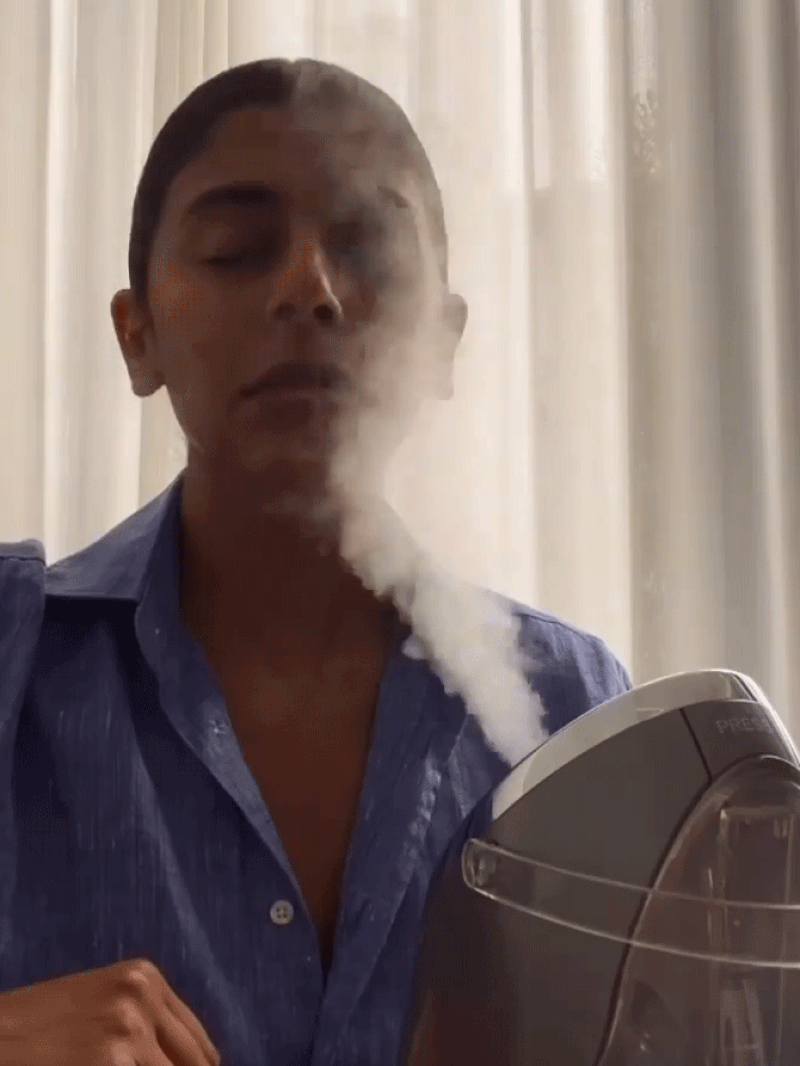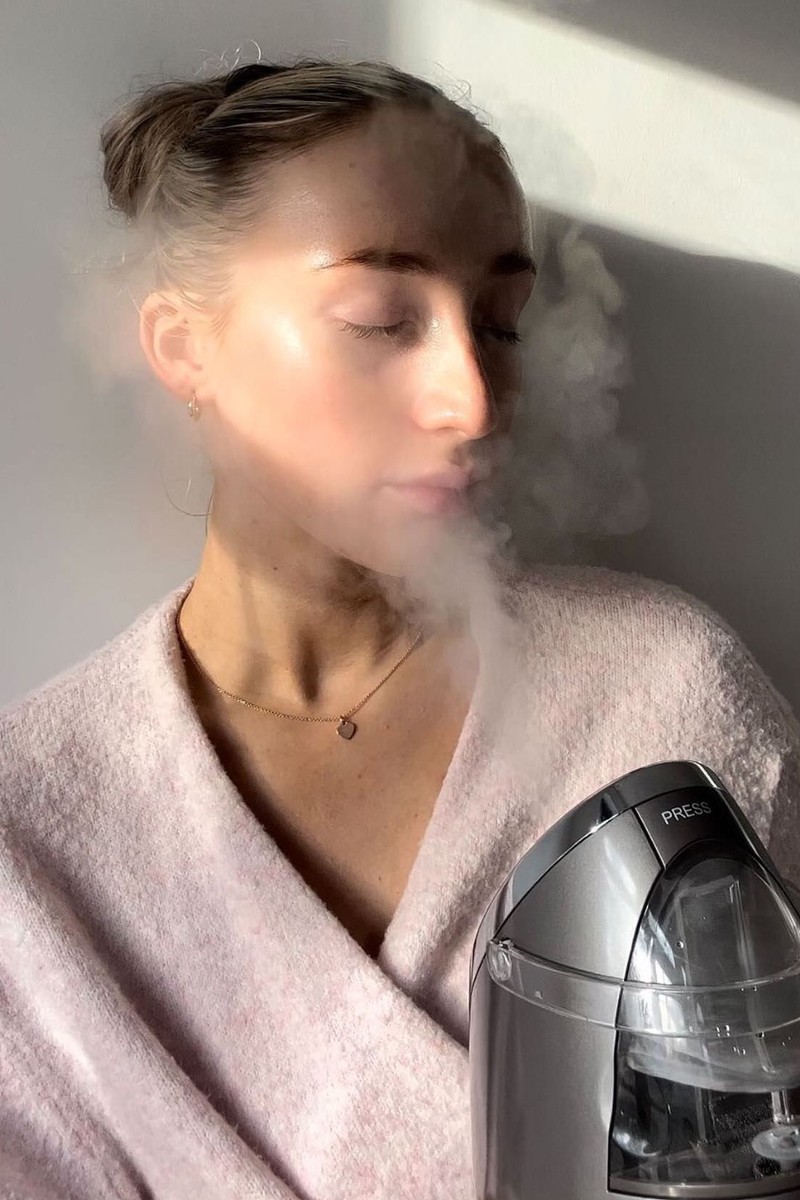A Beginner’s Guide To Facial Steaming
It’s Easy To Do At Home
“I start a lot of my clinical facials with a steam, but they’re also easy to do at home thanks to a range of new innovations – my Pro Hydro-Mist Steamer included. It makes a pampering experience that little bit more achievable, and definitely takes any skincare routine to the next level. Simply use one at the start of your routine and allow the deeply hydrating and purifying properties get to work.” — Sarah Chapman, renowned facialist & founder of Sarah Chapman London
It Opens Up The Pores
“The heat and steam helps to warm and loosen up the pores, therefore allowing products such as cleansers to travel deeper down into the skin – no matter whether you choose to cleanse during or after your steam. It means the ingredients can work harder to remove dirt and make-up, thus achieving a more thorough cleanse.”– Sarah
“While working to loosen trapped dirt in your pores by encouraging removal of dead skin cells, steaming also encourages improved blood circulation, which in turn stimulates fresh oxygen and nutrients to flow through the skin. This means better glow and smoother skin texture. Steaming is also good for those with congested skin – specifically anyone who suffers with blackheads and blocked pores.” – Michaella Bolder, facialist & skincare expert
There Are Multiple Benefits
“Steaming instantly infuses the skin with moisture, which will hydrate, plump, and smooth out fine lines. The steam will also warm and soften dead cells on the skin’s surface and debris within the pores, enabling them to be swept away for a clearer, brighter complexion. The gentle heat increases microcirculation (you’ll see your skin appears flushed afterwards) to allow more oxygen and nutrients to travel to the tissue, increasing collagen and elastin production and leaving skin with a rosy glow. It also encourages perspiration, which helps the cells to release toxins and purify the skin. Plus, its plumping effects are instantly visible, making this an ideal step before for an event or night out.” – Sarah
“Not only do facial steamers make your at-home routine feel more luxurious, they also work wonders when it comes to encouraging healthy collagen and elastin production, so you can guarantee regular use will leave your skin feeling firmer, radiant and more youthful – whilst also keeping breakouts to a minimum.” – Michaella
There’s A Correct Way To Do It
“Position your face 20cm from the nozzle – at this distance, when the mist meets your skin, it’s around 40°C, which is the optimal temperature for removing impurities.” – Sarah
“You want to start with a blank canvas. I would always gently cleanse the skin first to remove any traces of make-up to get the most from your steam. During the steam, I tend to apply a cleansing balm and massage it into my face and neck using a firm, deep pressure and glide either my hands or a Gua Sha around my face to sculpt and lift the contours as well as reduce any tension in my face.”– Michaella
Other Products Will Elevate The Experience
“Always cleanse your skin before or during your steam to allow it to penetrate your pores. An oil- based cleanser will be most effective at breaking down other oils (like sebum or different make-up formulas) without stripping the skin or disturbing its natural barrier. If you suffer from breakouts, it’s a good idea to cleanse thoroughly after steaming to remove any impurities and prevent bacterial spread. You can also elevate your steaming session by layering on a targeted serum or mask. If your skin is dull or prone to congestion, apply an exfoliating serum to ensure the pore-purifying acids are drawn deeper into the skin for enhanced results. If your skin is dehydrated, apply a hyaluronic acid serum to lock the steam’s moisture into your skin. Alternatively, if your skin looks dull, you could use a vitamin C treatment.” – Sarah
“I love combining a face mask with a steam. Try applying your face mask and then using your steamer for ten minutes while your mask gets to work. I like to steam my face for a few minutes, then have a break and go back in. When you’ve finished, make sure you remove the mask with cool water to close the pores and give your skin a glow. Another tip is to use an AHA or BHA exfoliating product to really encourage dead skin cell removal and enhance luminosity. If I’m feeling particularly congested, I like adding a few drops of essential oil to my water to help with decongestion – try eucalyptus or peppermint oil to open up the airways and sinuses.” – Michaella
You Need To Pay Attention Afterwards
“Post-steam, your skin will be flushed as a result of the circulation-boosting effects. Keep a hydrating mask in the fridge for a cooling dose of quenching hyaluronic acid, or use something like rosewater to cool and calm the skin. You may also want to lower the temperature to help reduce any redness or puffiness. After steaming, your skin will be primed for better absorption of active ingredients, so it’s the perfect time to apply a high-potency treatment serum.” – Sarah
“Depending on how my skin feels afterwards, I sometimes follow up with an exfoliating product. It’s a really good way to boost the exfoliation process for an even better result. I follow this by layering two to three serums, followed by a moisturiser or facial oil to lock in all the goodness.” – Michaella
Your Skin Type Does Matter
“Use your steamer for ten minutes once a week, but if you’re on the sensitive side, you may find that’s too much for your skin. It may be best to reduce the time you’re steaming to just a few minutes and to sit further away from the steamer, too. Alternatively, if you have particularly oily skin, you may wish to steam twice a week – but start with once a week and see how your skin responds as you don't want to cause any irritation. If you have sensitive skin, eczema or rosacea, you may find the steam irritates your skin, so it’s best to steam your skin for only a few minutes or avoid it all together if your skin doesn’t respond well.” – Michaella
“Steaming causes vasodilation – which is where your blood vessels expand and increase blood flow to the surface of the skin. This can make any inflammatory skin conditions such as rosacea flare up. Sudden vasodilation can sometimes also cause new inflammation too, so do be careful about exacerbating existing inflammatory issues.” – Dr. Anita Sturnham, clinical director at Nuriss
Finally, Don’t Over-Do It
“Two or three ten-minute sessions a week is enough – otherwise you could cause your skin to dry out. It’s also important you use your skin as a guide. For instance, if you’re feeling dry and uncomfortably tight, try steaming over a thin layer of a rehydrating face mask. It only takes a few minutes, and the gratification is instant.” – Sarah
“Steaming can impact skin barrier function negatively if you overdo it. The barrier is an important structural layer that keeps the bad stuff out of the skin and the good stuff in, and over-steaming can actually do more bad than good – dehydrating the skin and impairing barrier function.” – Anita
For more skin care tips & advice, follow @SarahChapmanLondon, @MichaellaBolder & @DrAJSturnham.
SHOP THE PRODUCT EDIT
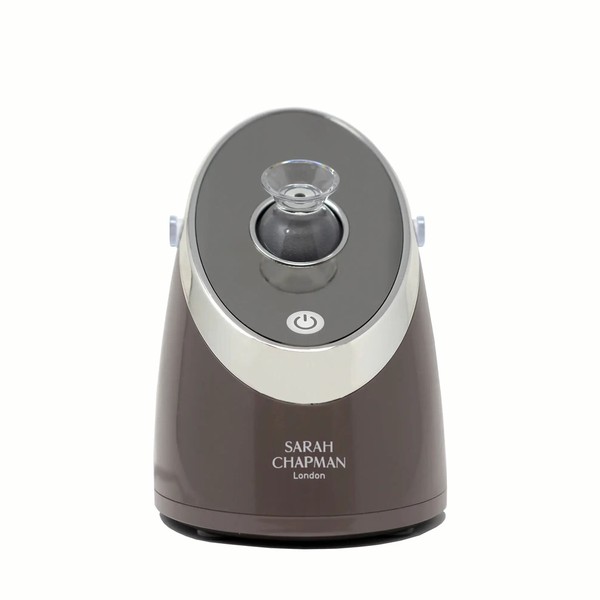
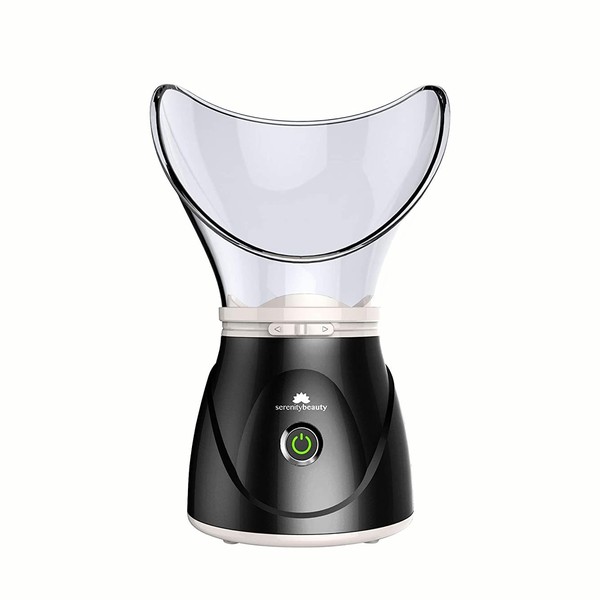
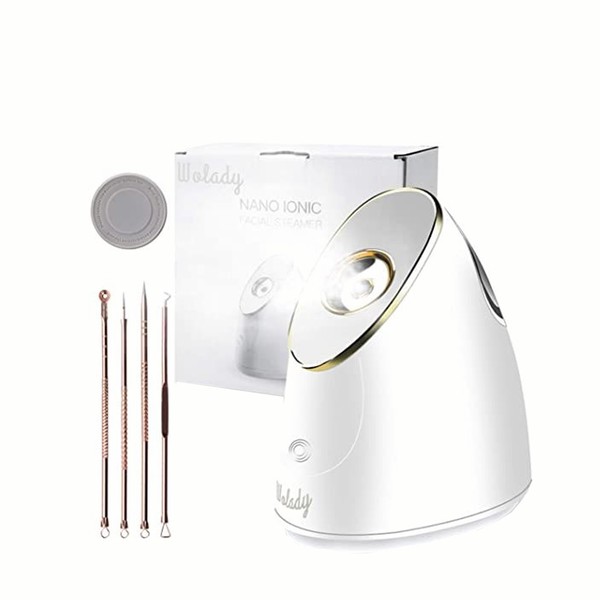
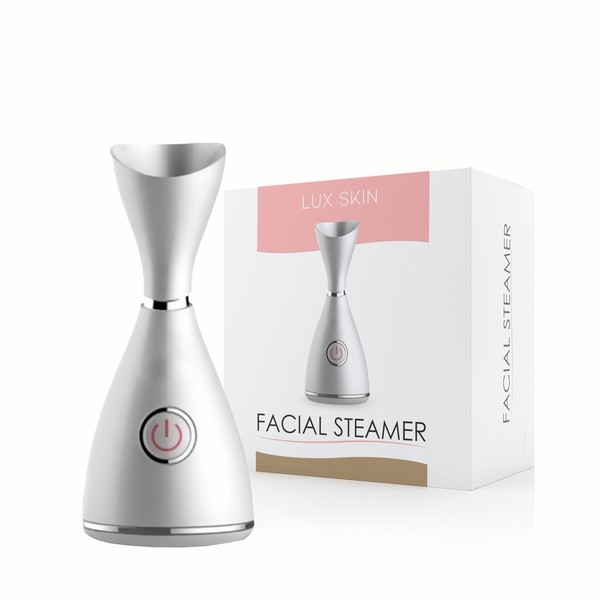
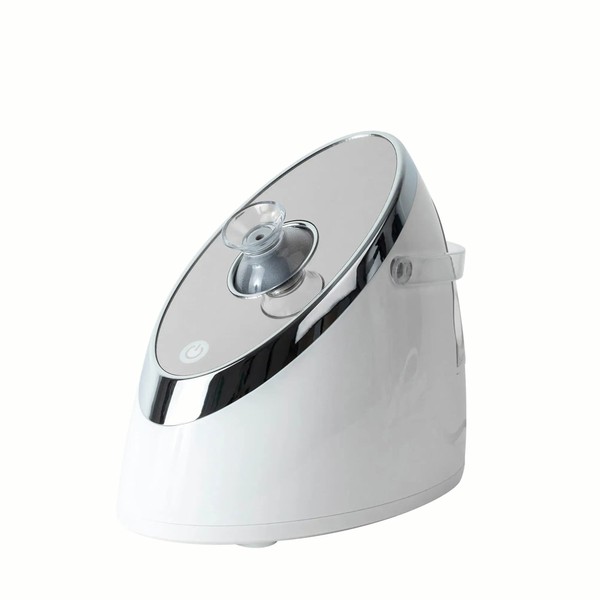
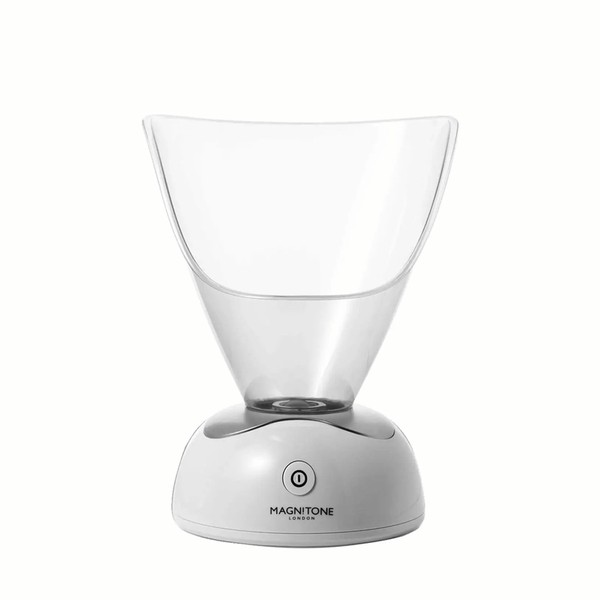
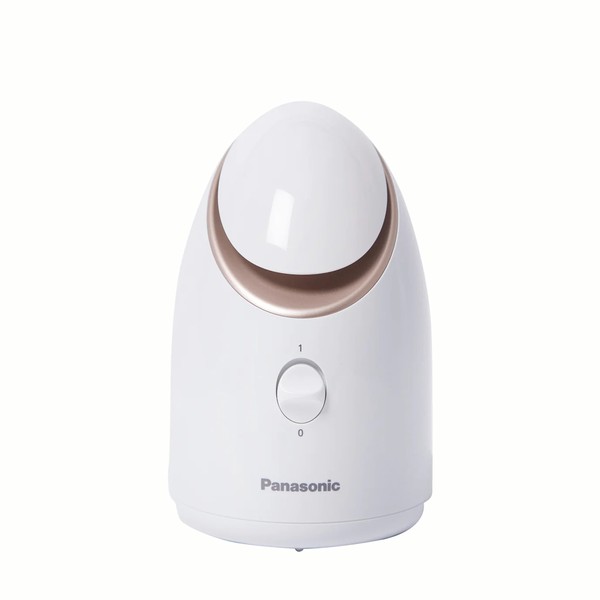
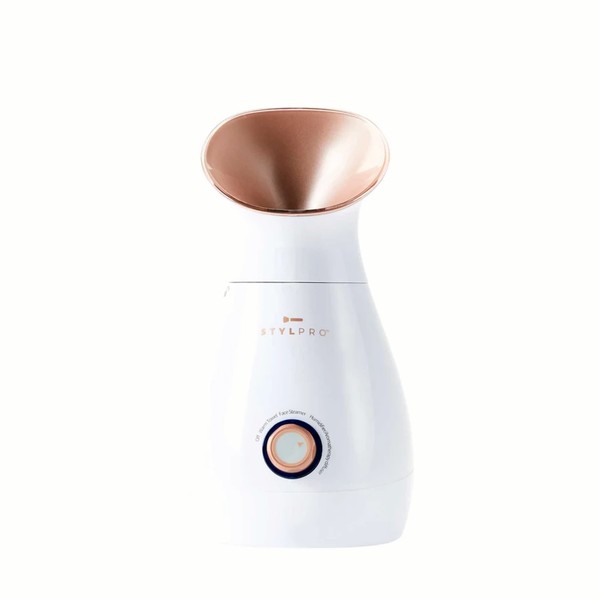
DISCLAIMER: We endeavour to always credit the correct original source of every image we use. If you think a credit may be incorrect, please contact us at info@sheerluxe.com.
